Tag Archives: organs
Scientists bioprint living tissue in a matter of seconds
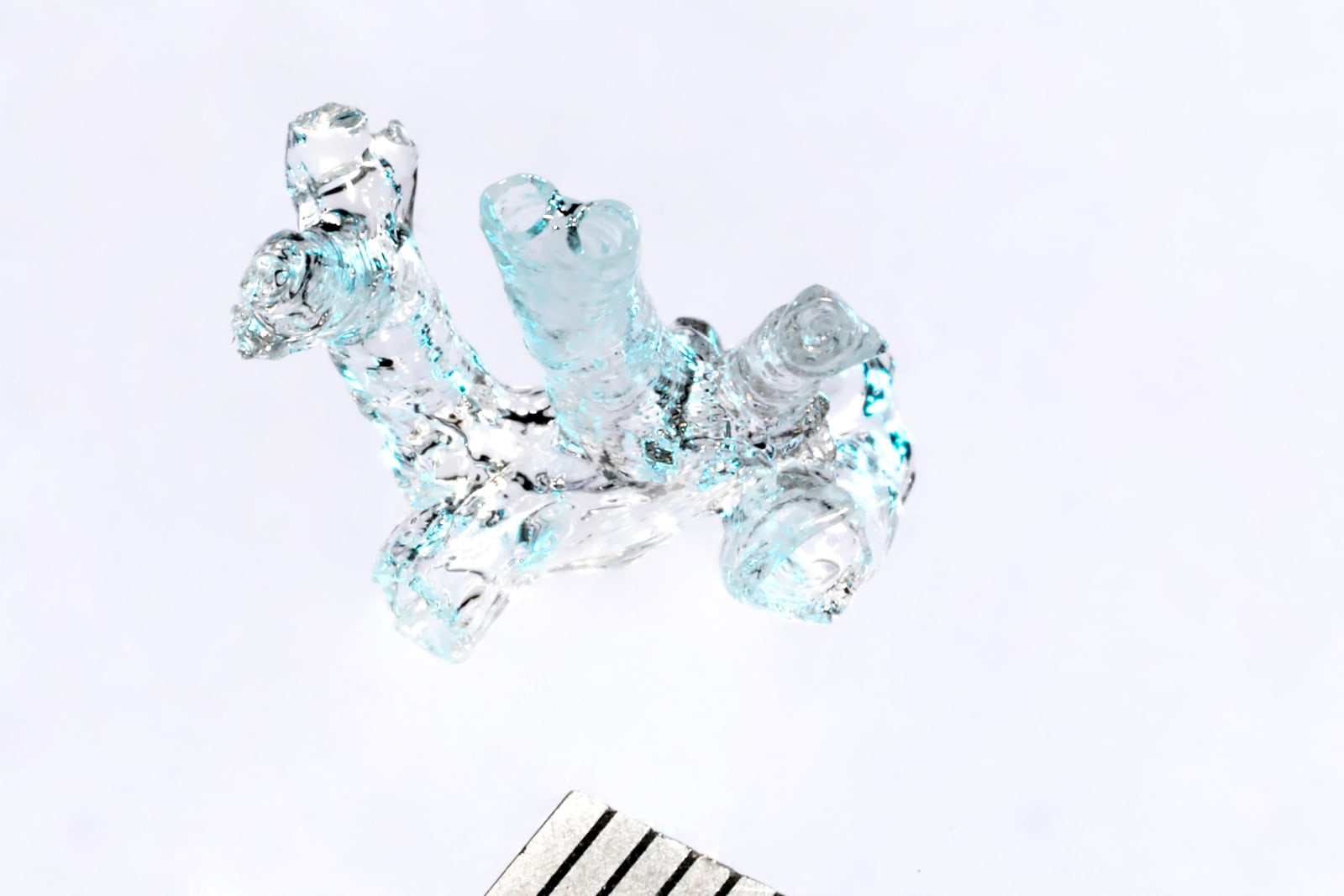 Bioprinting holds great potential for repairing injuries, testing drugs or replacing whole organs, but it's currently limited in complexity, viability and speed -- you can't just create tissue on a whim. Soon, though, it might be a matter of craftin...
Bioprinting holds great potential for repairing injuries, testing drugs or replacing whole organs, but it's currently limited in complexity, viability and speed -- you can't just create tissue on a whim. Soon, though, it might be a matter of craftin...
Bioengineers 3D print complex vascular networks
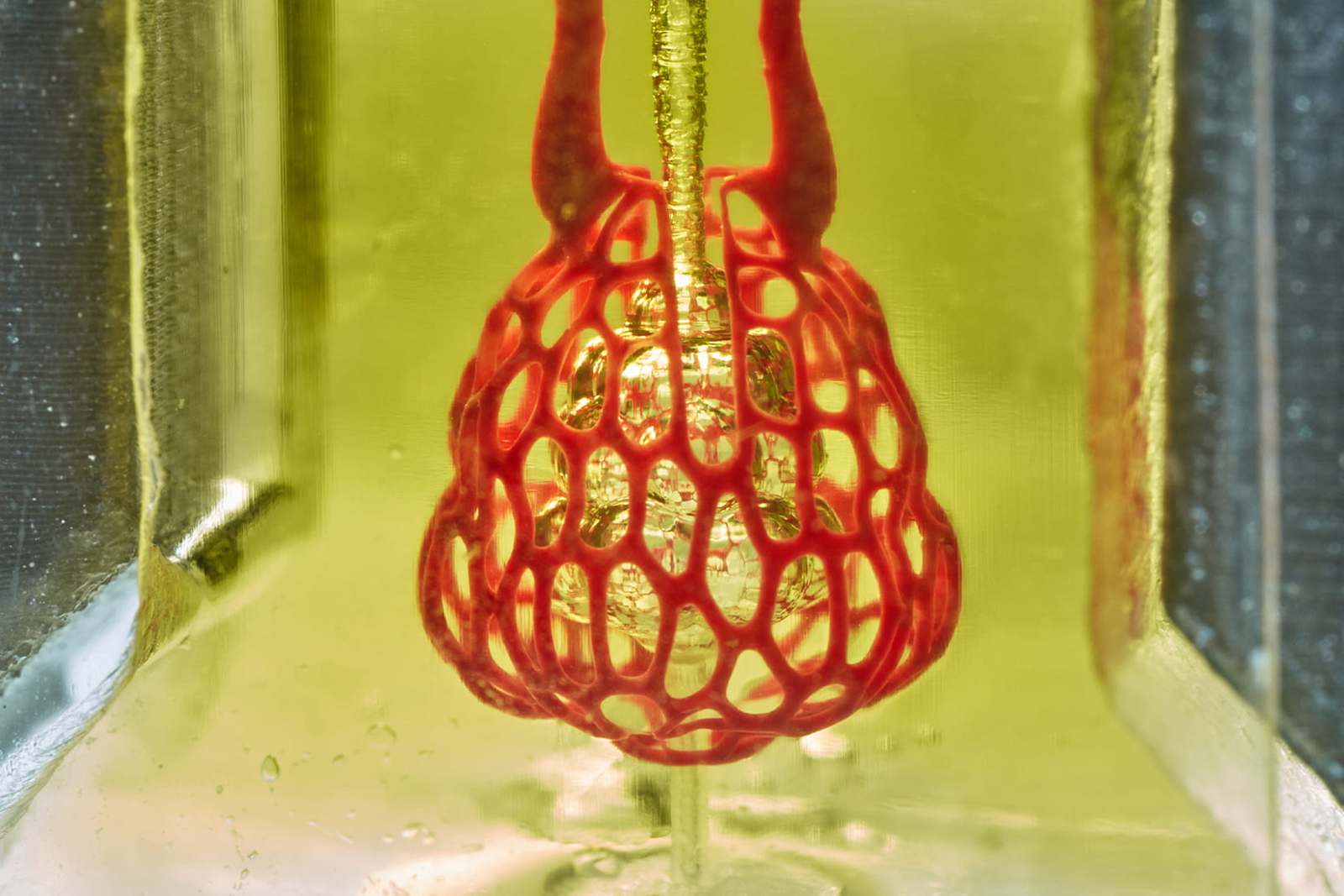 Bioengineers are one step closer to 3D printing organs and tissues. A team led by Rice University and the University of Washington have developed a tool to 3D print complex and "exquisitely entangled" vascular networks. These mimic the body's natural...
Bioengineers are one step closer to 3D printing organs and tissues. A team led by Rice University and the University of Washington have developed a tool to 3D print complex and "exquisitely entangled" vascular networks. These mimic the body's natural...
Scientists grow human brain tissue in mice
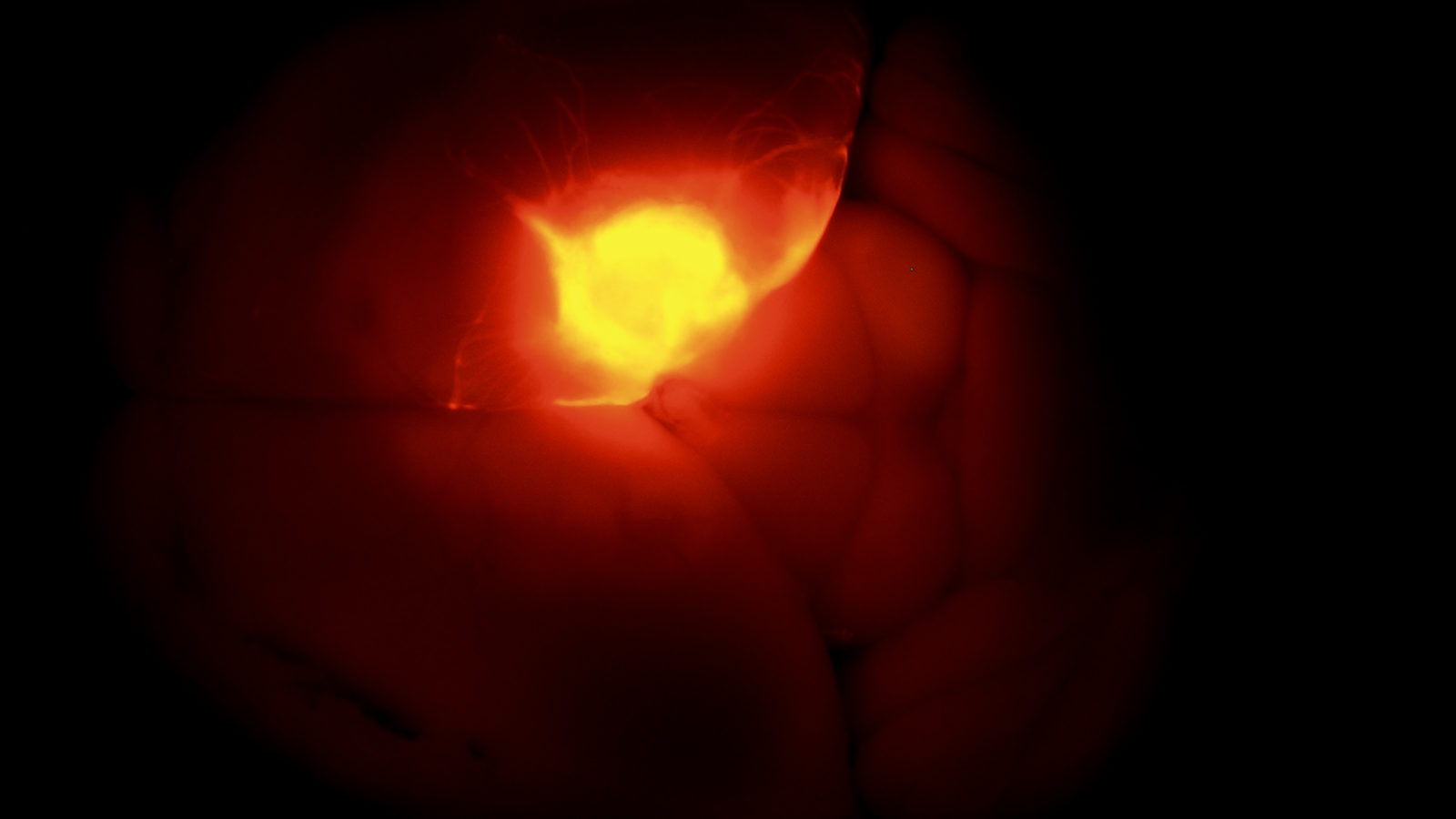 Brain "organoids" made from stem cells are a promising way to study the brain, but the longest they've survived in a petri dish is just five weeks. Researchers from the Salk Institute recently implanted a bean-sized brain organoid into a mouse, and c...
Brain "organoids" made from stem cells are a promising way to study the brain, but the longest they've survived in a petri dish is just five weeks. Researchers from the Salk Institute recently implanted a bean-sized brain organoid into a mouse, and c...
Researchers treat ear defect by growing implants from cells
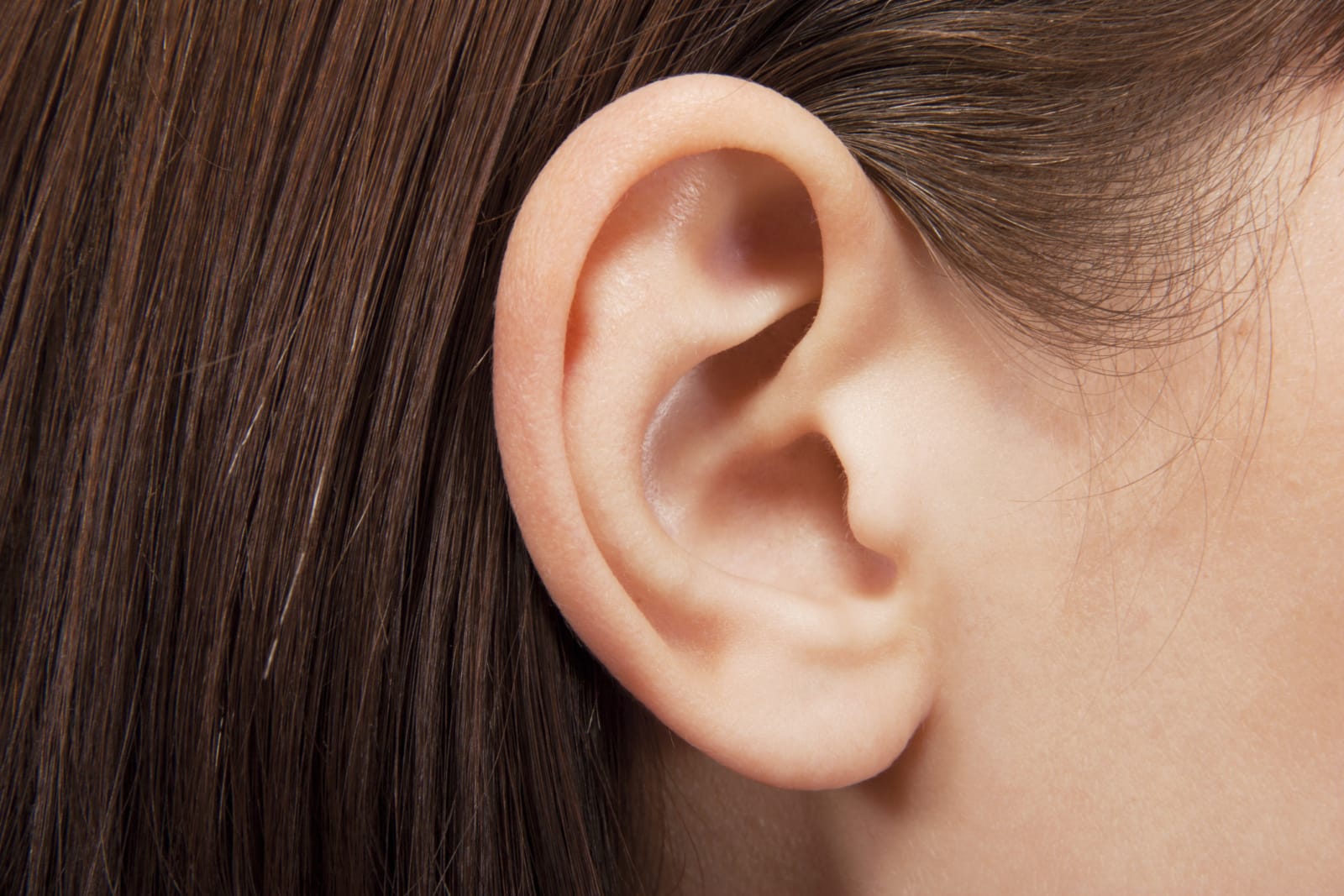 While scientists have been working on growing organs and body parts like ears for some time, researchers in China have taken it one important step further. They've grown new ears for five children with microtia -- an ear defect that results in small,...
While scientists have been working on growing organs and body parts like ears for some time, researchers in China have taken it one important step further. They've grown new ears for five children with microtia -- an ear defect that results in small,...
Scientists ‘hack’ cells to create 3D shapes from live tissue
 Never mind 3D-printing organs -- the real dream is to make the tissue itself bend to your will, and UCSF scientists have managed just that. They've discovered that they can 'hack' special cells that help fold tissue (mesenchymal cells) to create 3D...
Never mind 3D-printing organs -- the real dream is to make the tissue itself bend to your will, and UCSF scientists have managed just that. They've discovered that they can 'hack' special cells that help fold tissue (mesenchymal cells) to create 3D...
Fingernail-sized chip can repair damaged tissue in seconds
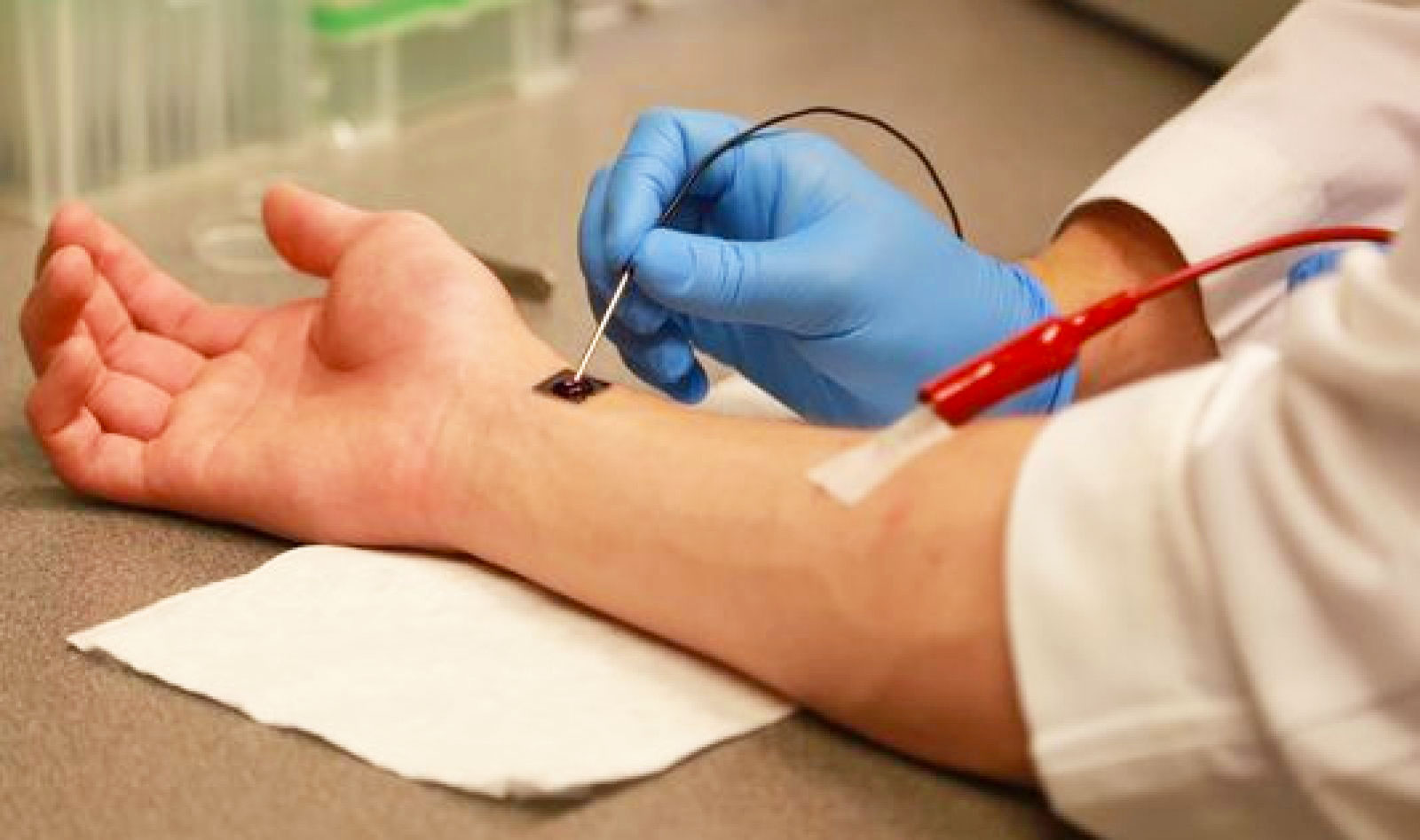 A new device can begin repairing damaged organs in seconds, heralding a major breakthrough for life-saving medicine. Developed at Ohio State University, the technology known as tissue nanotransfection (TNT) uses a small coin-sized silicone chip that...
A new device can begin repairing damaged organs in seconds, heralding a major breakthrough for life-saving medicine. Developed at Ohio State University, the technology known as tissue nanotransfection (TNT) uses a small coin-sized silicone chip that...
Nanoparticles fool your body into allowing organ transplants
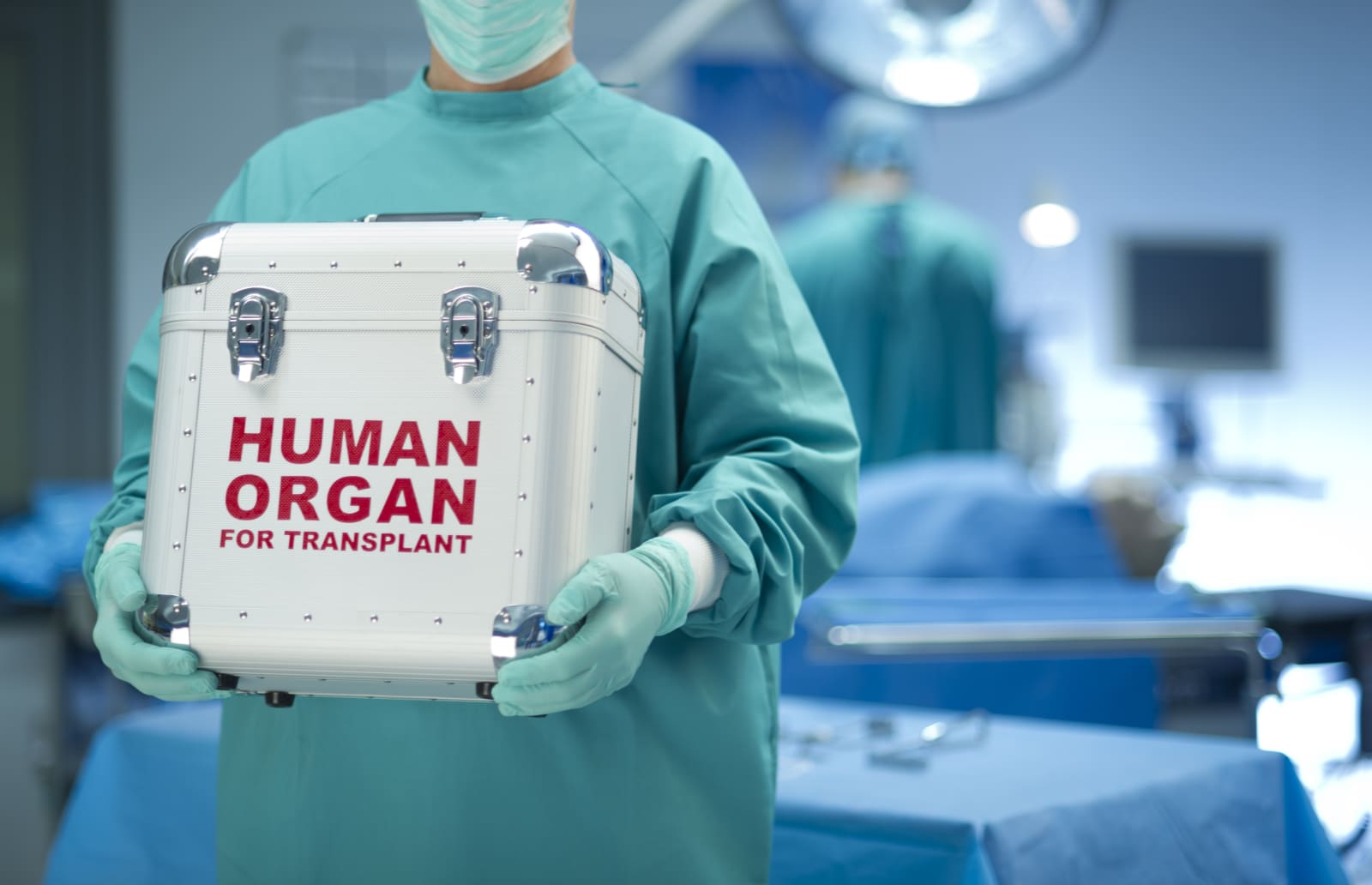 Organ transplants are frequently life-saving, but they remain a gamble when your body can reject the new organ well after the initial surgery. Yale researchers have discovered a clever solution to this: prevent your body from noticing the organ unti...
Organ transplants are frequently life-saving, but they remain a gamble when your body can reject the new organ well after the initial surgery. Yale researchers have discovered a clever solution to this: prevent your body from noticing the organ unti...
